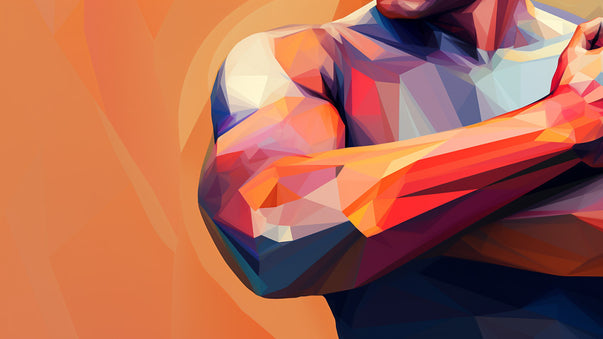Approaching Breakthroughs for Alzheimer's

We are living at a time when technology brings new hope to confront diseases like Alzheimer's as well as the aging process itself. Recent news in human enhancement has showcased how researchers are smartly using technology to understand the brain better and potentially supercharge its performance. Today, let's examine four news pieces that are doing just that.
The first fascinating breakthrough involves repetitive transcranial magnetic stimulation (rTMS), a radical therapy for Alzheimer's disease. This brain-modifying therapy boosts cognitive function by changing neural networks. Using electroencephalography (EEG), scientists can track cognitive effects and brain changes in real-time. By stimulating the left parietal area of the brain, researchers noted that rTMS led to improved brain activities in Alzheimer's patients. Follow up on this exciting research by visiting on rTMS on Alzheimer's treatment.
Meanwhile, another study has discovered that the process of mitophagy, the degradation of mitochondria, could counter inflammation associated with aging. Mitochondrial degeneration increases with age, leading to inflammation and reduced organ function. By promoting mitophagy, possible inflammation and age-related deterioration of organs can be managed. Explore this thrilling study at mitophagy and aging.
The third study brings hope for those affected by Alzheimer's disease. Alzheimer's is associated with changes in the brain's electrical signals. Stimulating the brain with 40Hz light has shown promise as a potential therapy for AD. However, the usual method causes discomfort because of obvious flicker, so researchers have explored the use of different combinations of colors, such as blue, cyan, green, lime, amber, and red, to create a less discernible flicker. For more insights, check out brain stimulation with 40Hz light.
Last but not least, an open dataset has been created for analyzing brain activation in stroke patients. The brain-computer interface technology allows direct communication with the brain, helping in patient rehabilitation. The dataset, taken from acute stroke patients while they were imagining movements, opens up new pathways for algorithm optimization and broader clinical applications. Visit the link for the brain-computer interface in acute stroke patients.
In conclusion, we are moving towards an era where human enhancement is no longer just fiction. The cutting-edge research on Alzheimer's treatments using rTMs, managing aging with mitophagy, using light therapy to treat AD, and employing brain-computer interface technology for stroke patient rehabilitation showcases the endless possibilities of the human mind when enhanced and healed with the help of technology. Stay tuned for the future where we hope to live beyond present notions of aging and death, thriving in superhuman vitality and intelligence.
More Articles
Don't miss a beat! In our Pulse Newsletter, Thrivous curates the most important news on health science and human enhancement, so you can stay informed without wasting time on hype and trivia. It's part of the free Thrivous newsletter. Subscribe now to receive email about human enhancement, nootropics, and geroprotectors, as well as company news and deals.
Read more articles at Thrivous, the human enhancement company. You can browse recent articles in Thrivous Views. See other Pulse Newsletter articles. Or check out an article below.
-
The Foundation for Enduring Joint and Bone Health
In the journey towards a fulfilling and active life, the health of our joints and bones plays a pivotal role. ...
-
Ultimate Pre-Workout with Thrivous Surge
Are you ready to take your workouts to the next level? Imagine a pre-workout supplement that not only energizes you ...


